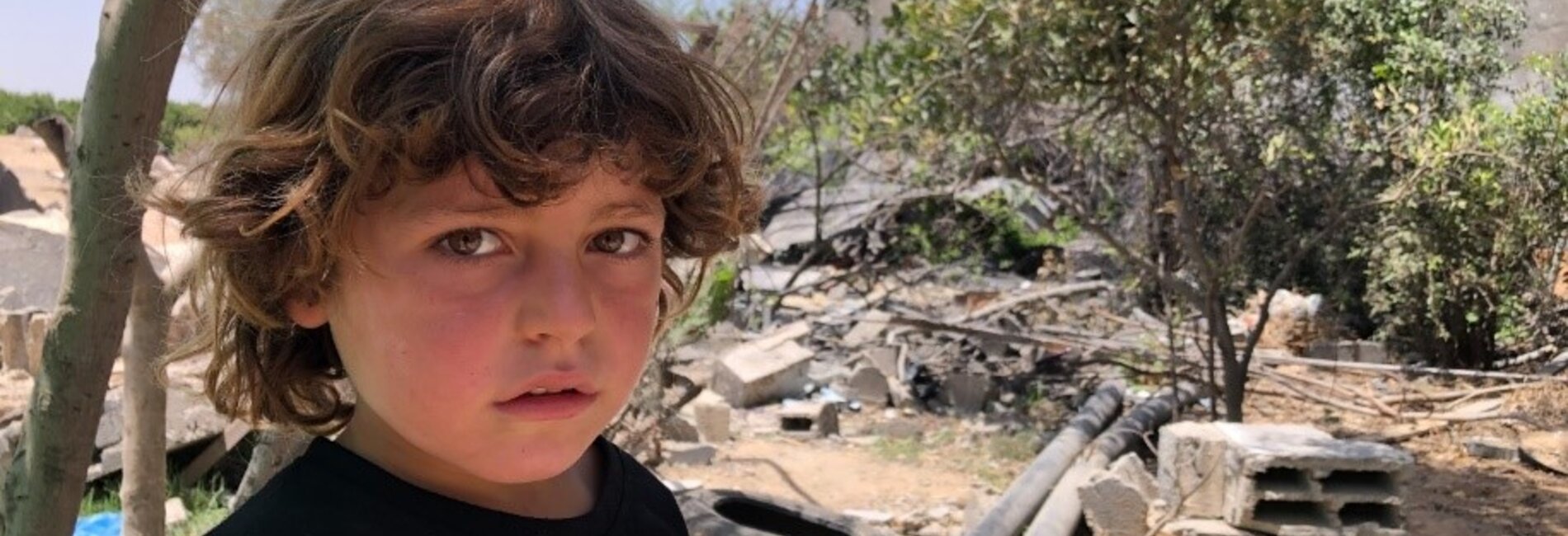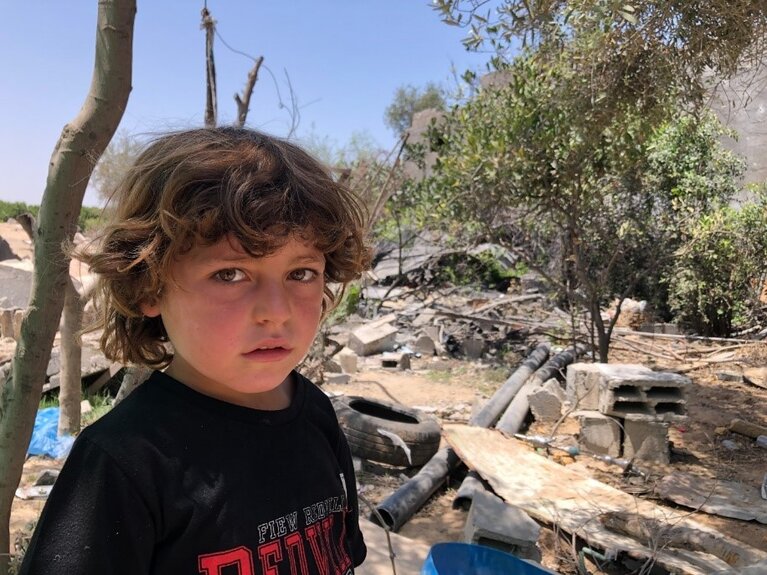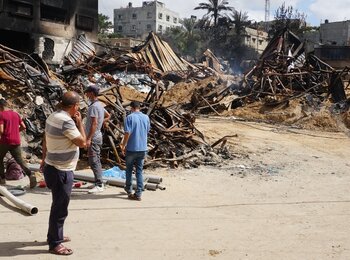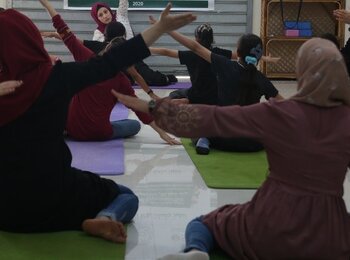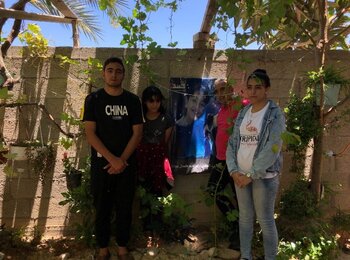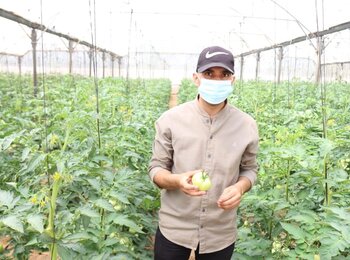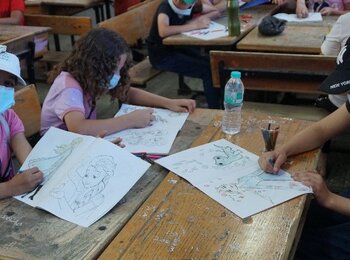Overview | November 2021
The 11-days of intense fighting, 10-21 May 2021, between Israeli forces and Palestinian armed groups in the Gaza Strip, was the gravest since 2014. In Gaza, scores of civilians were killed and injured. Tens of thousands were displaced. Homes and vital infrastructure were destroyed or damaged and the supply of basic services was severely disrupted. The outbreak of hostilities followed weeks of rising tension in East Jerusalem around access restrictions of Palestinians to holy sites during the month of Ramadan and the threat of forced eviction of Palestinian families by the Israeli authorities in Sheikh Jarrah.
According to the Office of the High Commissioner for Human Rights (OHCHR), during the escalation in Gaza, 261 Palestinians were killed, including 67 children and 41 women. Of those fatalities, 130 were civilians and 64 were members of armed groups, while the status of the remaining 67 has not been determined. Over 2,200 Palestinians were injured, including 685 children and 480 women, some of whom may suffer a long-term disability requiring rehabilitation. In Israel, 13 people, including two children, were killed, and 710 others were injured.[1]
At the height of the escalation, 113,000 internally displaced persons (IDPs) sought shelter and protection at UNRWA schools or with hosting families. According to the Shelter Cluster 8,250 people remain displaced, as their houses were destroyed or so severely damaged they are uninhabitable.
The Inter-Agency Appeal, requesting $95 million to support emergency humanitarian and initial recovery activities, details the most pressing needs resulting from the escalation. The subsequent Rapid Damage and Needs Assessment (RDNA), conducted in Gaza between 25 May and 30 June, estimates up to US$380 million in physical damage and US$190 million in economic losses. Recovery needs have been estimated up to US$485 million during the first 24 months.[2]
The hostilities exacerbated the already dire humanitarian conditions and trauma under which Palestinians in Gaza live. This issue of the Humanitarian Bulletin seeks to tell the stories of everyday Gazan people struggling to live in the aftermath of the hostilities and offers insights into the impact of displacement, gender-based violence, mental health, environmental and health risks, and destruction of livelihoods. The bulletin concludes with Gaza’s UNRWA summer camps, a story of hope and recovery, and how recreational activities offer children a sense of normality amidst such difficult circumstances.
In response to the escalation, on 27 May, the Humanitarian Coordinator for the OPT, Lynn Hastings, launched the inter-agency Flash Appeal, As of 3 September, 67 per cent of the requested amount has been raised.[3] However, for any sustainable recovery to endure, the Israeli blockade has to be lifted, the internal Palestinian political divide has to end, and International Human Rights Law and Humanitarian Law to be respected.
[1] Death tolls in Israel and Gaza include those who died due to indirect consequences of hostilities, such as cardiac arrest or falling while running during an attack.
[2] The RDNA was conducted in partnership between the World Bank Group, the United Nations, and the European Union.
[3] See Response to the escalation in the OPT: Situation Report No. 9, published 3 Sep 2021.
